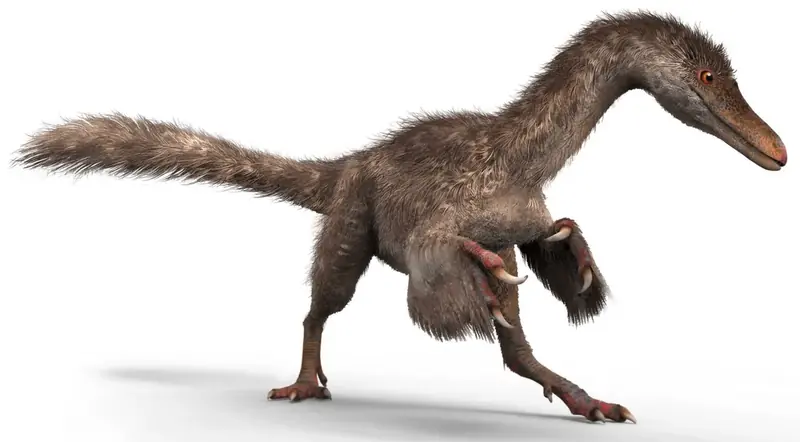It’s quite rare to find a plant encased in amber, but even rarer is the discovery of a dinosaur fragment within it. Imagine the surprise of paleontologists when they realized that a stunning flower was actually part of the tail of a young theropod dinosaur known as a celurosaur. Celurosaurs were the most numerous group of theropod dinosaurs, closely related to birds, that roamed the Earth around 167 to 65.5 million years ago.
It was not flora, but fauna that caught the attention of Lida Sin, a paleontologist from the China University of Geosciences in Beijing, when she encountered this intriguing case of mistaken identity back in 2015. While strolling through a market in Myanmar, she stumbled upon a polished amber ornament ready for sale. Inside the ancient hardened piece of resin was something that resembled a plant. However, the scientist suspected that there was something amiss with this fossil. She proposed to purchase the artifact for a scientific institution, as reported by IFLScience.
Upon closer examination, it became clear that the 99-million-year-old amber contained not a plant, but a fragment of a young celurosaur’s tail. The researcher even pinpointed the amber’s origin: Kachin State in Myanmar. She also tracked down the miner who first discovered this paleontological relic.

Using computer tomography and microscopic observations, Lida Sin and her colleagues peered inside the amber. As co-author Ryan McKellar explained, the team observed a portion of a long, flexible tail belonging to a young individual, consisting of eight vertebrae surrounded by feathers that had been preserved with microscopic detail. According to the scientist, this marks the first instance of dinosaur remains found preserved in amber.
A more detailed study of the tail’s remnants revealed that traces of divalent iron—leftover hemoglobin found in blood—were preserved in the layer of soft tissue surrounding the bones. The authors of the study suggested that the dinosaur may have become trapped in the resin while still alive, ultimately leading to its demise. “It’s astonishing to see all the details of a dinosaur’s tail—bones, flesh, skin, and feathers—and to imagine how this little one got ensnared by its tail in the resin and likely perished because it couldn’t free itself,” noted Professor Mike Benton.
